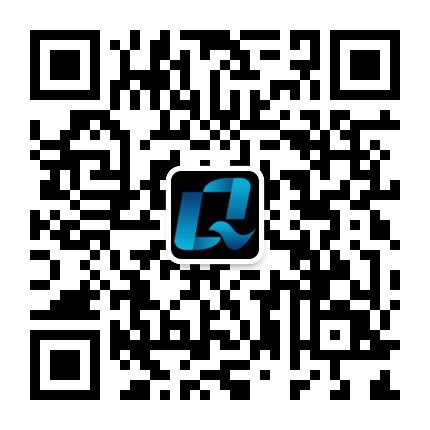What is the Difference Between Fiber Laser Marking and UV Laser Marking
Fiber laser marking and UV laser marking are two distinct technologies used for marking and engraving various materials. Here are the key differences between them:
1. Laser Source and Wavelength:
Fiber Laser Marking:
Wavelength: Typically around 1064 nm (infrared).
Laser Source: Uses a fiber laser source, where the laser is generated within a doped fiber optic cable.
UV Laser Marking:
Wavelength: Typically around 355 nm (ultraviolet).
Laser Source: Uses a solid-state laser that is frequency-tripled to achieve the UV wavelength.
2. Material Compatibility:
Fiber Laser Marking:
Best For: Metals (e.g., steel, aluminum, titanium), some plastics, and ceramics.
Mechanism: Primarily works by heating the material to create a mark, either through oxidation, color change, or engraving.
UV Laser Marking:
Best For: Plastics, glass, and other materials that are sensitive to heat or require high precision.
Mechanism: Works through a photochemical process that breaks molecular bonds without significant heat generation, making it suitable for heat-sensitive materials.
3. Marking Quality and Precision:
Fiber Laser Marking:
Precision: High precision but generally less than UV lasers.
Mark Quality: Produces high-contrast marks on metals and can create deep engravings.
UV Laser Marking:
Precision: Extremely high precision due to the shorter wavelength, allowing for finer details.
Mark Quality: Produces very fine, high-resolution marks with minimal thermal damage, ideal for intricate designs and small text.
4. Speed:
Fiber Laser Marking:
Speed: Generally faster for marking metals and other compatible materials.
UV Laser Marking:
Speed: Slower compared to fiber lasers, especially on metals, but faster on materials like plastics and glass where fiber lasers may struggle.
5. Cost:
Fiber Laser Marking:
Cost: Typically less expensive in terms of initial investment and operational costs.
UV Laser Marking:
Cost: Generally more expensive due to the complexity of the laser source and the need for frequency tripling to achieve the UV wavelength.
6. Applications:
Fiber Laser Marking:
Common Applications: Industrial part marking, barcodes, serial numbers, logos on metals, and some plastics.
UV Laser Marking:
Common Applications: Medical device marking, electronics (e.g., PCB marking), glass engraving, and high-precision plastic marking.







